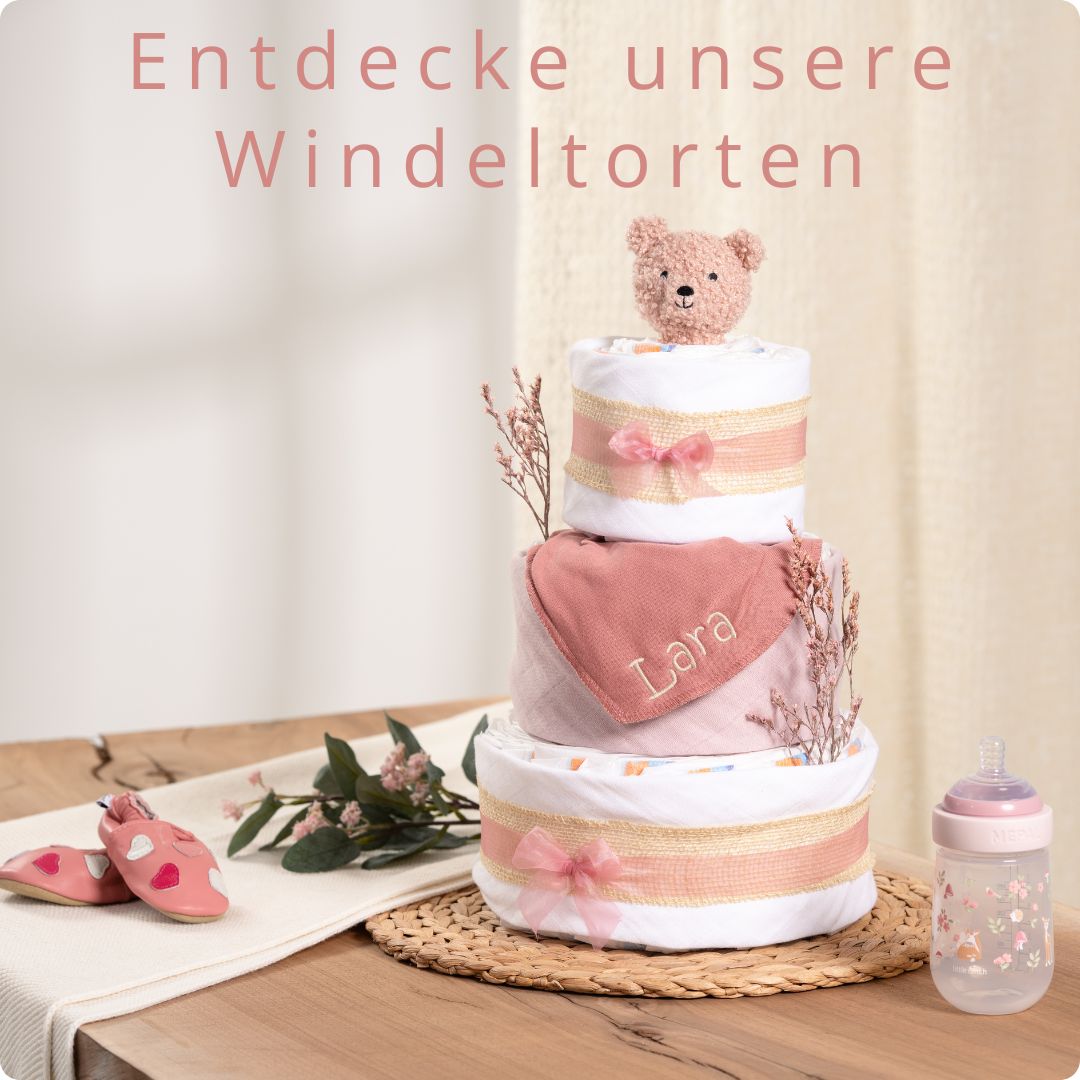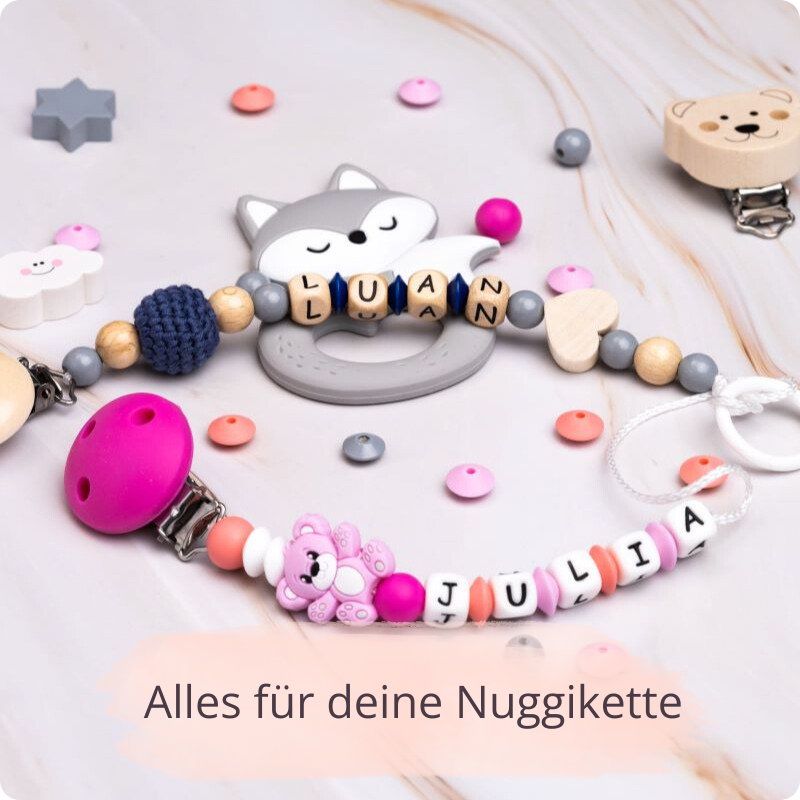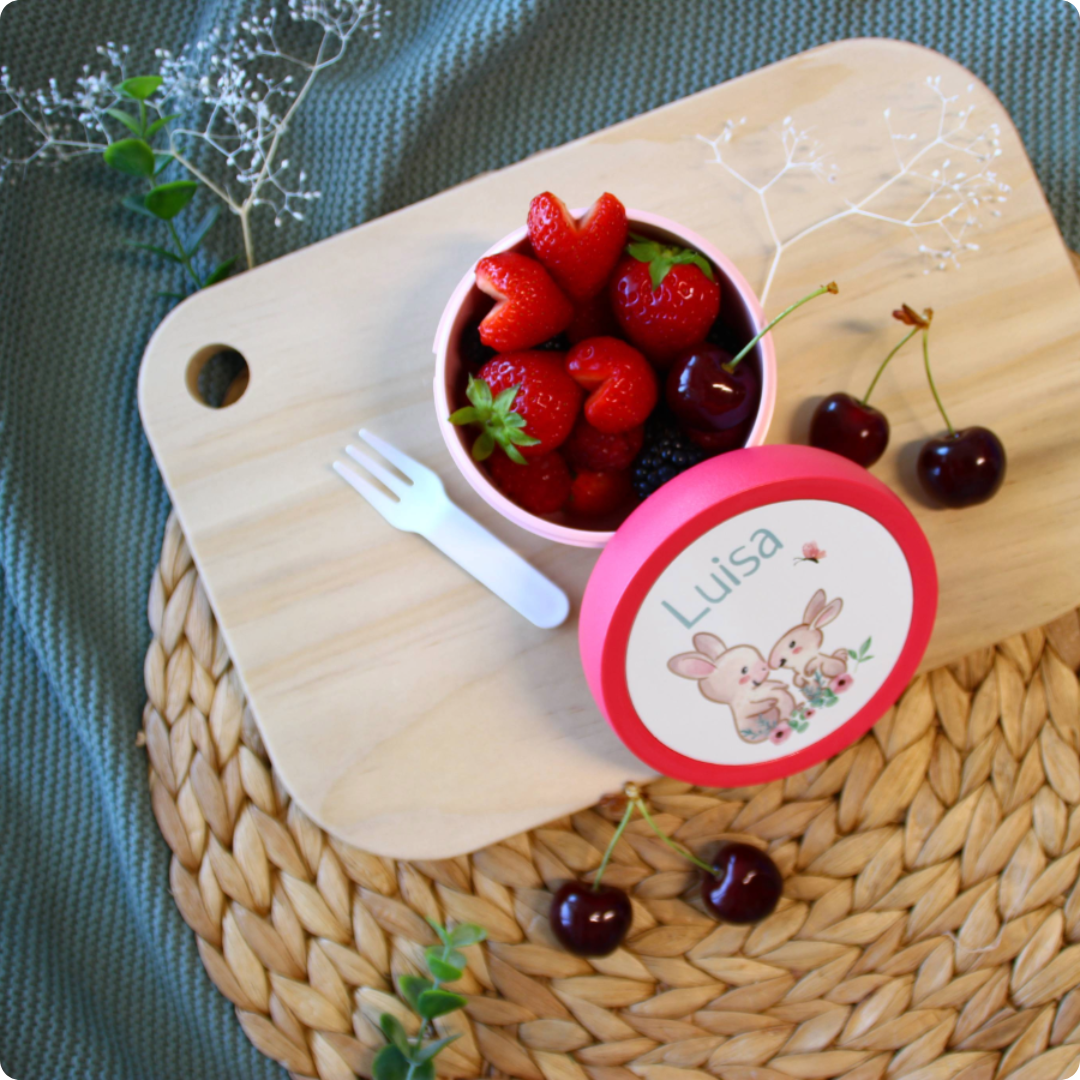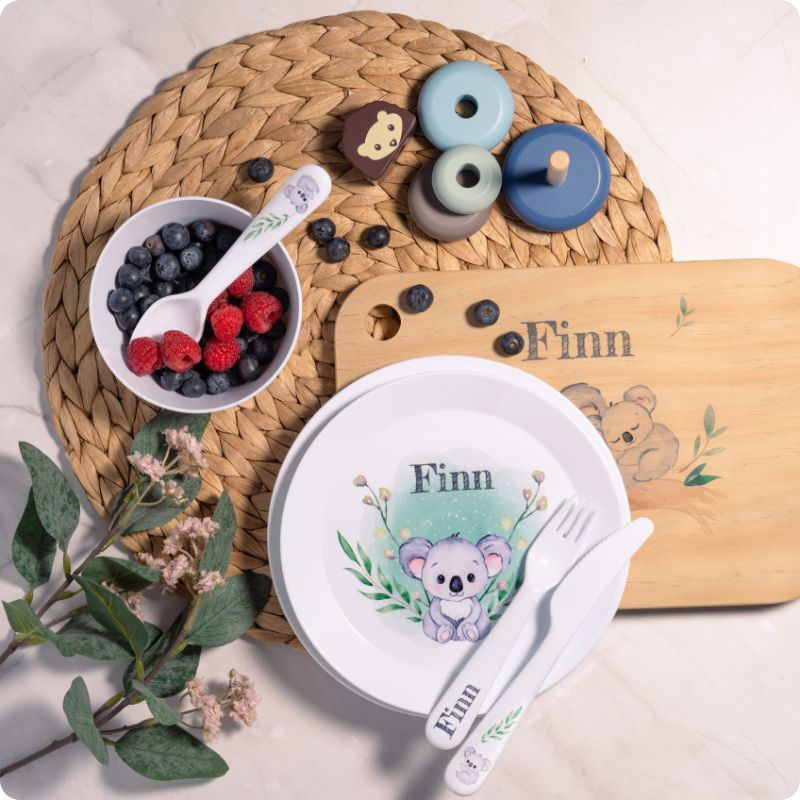"This is how children learn playfully"
The world is wonderfully colorful and shines in an almost indescribable variety of colors. It takes a while for people to see and recognize all these wonderful colors. In order to convey this knowledge to the little ones, they have to playfully approach the matter. If it is about learning colors and the most important shapes, there are various options. Today we will give you some great ideas on how to use educational games to teach your child's first shapes and colors.
Only shades - the surroundings are slowly filling with its variety of colors
A newborn does not yet perceive colors. It takes a few weeks. First, the world appears in different shades. An infant can distinguish a very good distinction. But what is red or blue is still in the stars. Eyesight is one of the last sense that will develop. While an infant in the womb can already perceive the voices and noises of the outside world, the skills of the eyes in the rather dark environment are not yet in demand. Therefore, seeing only develops later.
When should a child know colors?
It is quite normal for parents to worry about the age at which a child should know the different colors. According to empirical values, most children master the most important colors up to the age of four and are able to distinguish and name colors. So you can be reassured if the 2-year-old is already different from blue and red, but your somewhat older daughter does not yet make any appearances to get excited about it.

Up to the age of four, children learn the correct assignment of colors
The fact is, however, that knowledge of certain shapes and colors serves as a basis for many other learning areas.
Experience games: Learn shapes and colors with simple means
Children learn every day. Everything that has met and is still new to a toddler during a day is examined with a lot of curiosity. As parents, you support your offspring by falling back on learning games that, moreover, do not have to be complex or time -consuming. Because of course, toddlers cannot concentrate as long as that will be the case later in older children. If you learn shapes and colors, please also use the variety of nature.
Sort - the first educational games for the very smallest
The sorting of individual objects is one of the favorite acquisitions of the very smallest. With a little guidance and under supervision, you can already learn which color has, for example, the component and which shape fits in which opening. So take some time every now and then and deal with your little angel. Always speak clearly and not in an incomprehensible baby language if you want to learn shapes and colors:
- "This is a red stone!"
- "The sliding car is blue!"
- "The rattle is green!"

The learning of shapes and colors begins in the baby phase
Your little sunshine will not be able to do much with it yet, but you enable your offspring to deal with the different colors right from the start.
Memory - Create and vary the classic yourself
Who doesn't know the famous memory? Some children steal the show when they uncover a few after the next. The first educational games of this kind are dealing with simple patterns and colors. You can make such a simple memory yourself in just a few simple steps.
This requires:- cardboard
- Scissors
- Nuscheli in 6 different colors

- First of all, cut 12 squares from the cardboard. Now it is important to design 6 pairs, which are then also cut from the other cardboard. In order to learn a few figures in addition to the colors, cut out the patterns for the couples in the appropriate form:
- Circle
- square
- square
- triangle
- star
- Cross
- You now have two options. You can design these small figures with finger colors or also like to use the Nuscheli fabrics and glue them on the pappipes. In any case, they hold a few in the same color and the same shape in the end.
- Now glue the papphads on the blanks. You will then have two levels of difficulty to choose from. It is certainly more interesting for the little ones to have the cards open in front of them and then sort them by colors.
Older children, on the other hand, naturally play the classic memory. Speak the cards hidden on the table and then find the couples.
Tip: You can design such a memory game in a very different way and adapt it to the players over time.
Natural materials: great learning games with nature products
Feeling, buttons, learning - one of the most wonderful combinations to satisfy the thirst for knowledge of a toddler. We must never forget that in particular also toddlers try a lot about the senses and gain experience about it.
Cut your shoes, take a small one pretty children's bag On a walk and explore nature.
Many small games accompany this excursion. Depending on age and enthusiasm, you can always vary the following suggestions and expand or modify or modify them at your own discretion.
The aim is always to collect as many things as possible that are previously under a generic term:
"What is green?"
During a cozy walk through the forest and hallway, many things should run into them and their offspring that look green.

Nature gives many ways to bring children closer to the understanding of shapes and colors
"What is all round?"
Now it is eager to look for round materials. Here, too, nature has many small treasures that hike in the children's bag.
Incidentally, the little ones not only get to know the shape and color of certain objects better, but experience many interesting things from nature. Last but not least, all of these small treasures are either the perfect one Craft material Or an addition to the small treasure chest in the children's room.
Whether in the fresh air or in the room. When small children learn shapes and colors, then leave everyone in a circle. Previously lay down a few fabric towels in the basic colors. Now keep one up and ask about the color.
The child who answers correctly can keep the cloth. Or take a ball on hand and give it to your neighbor.












